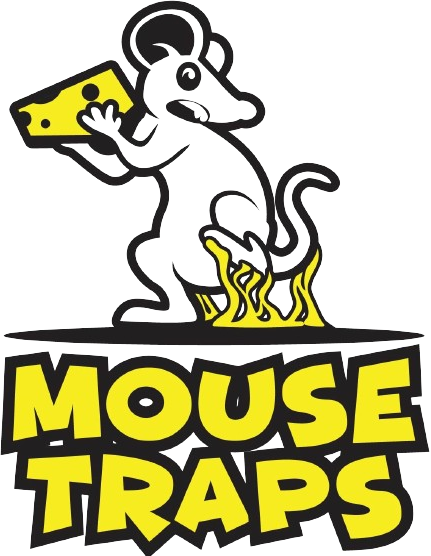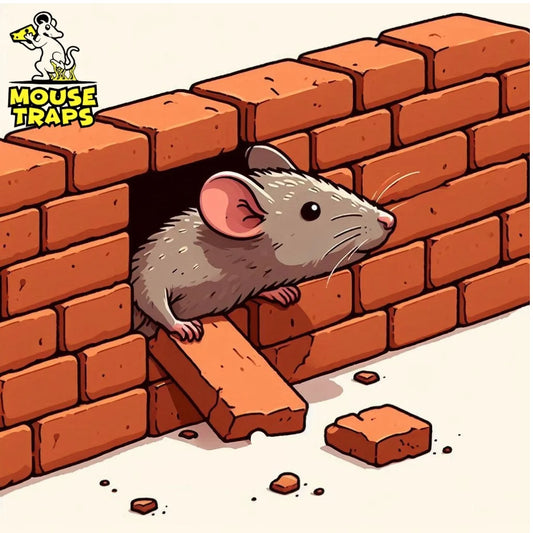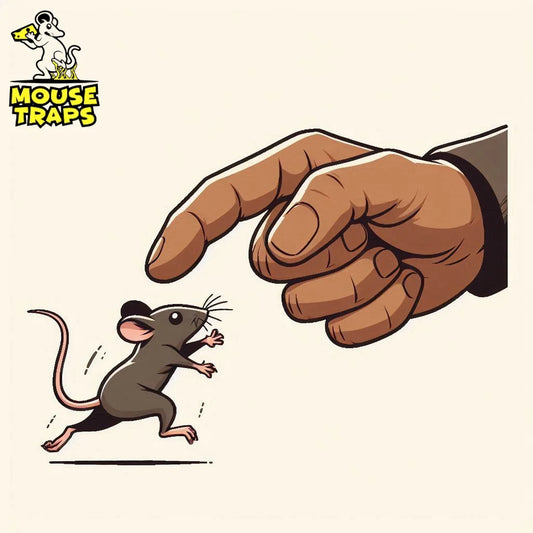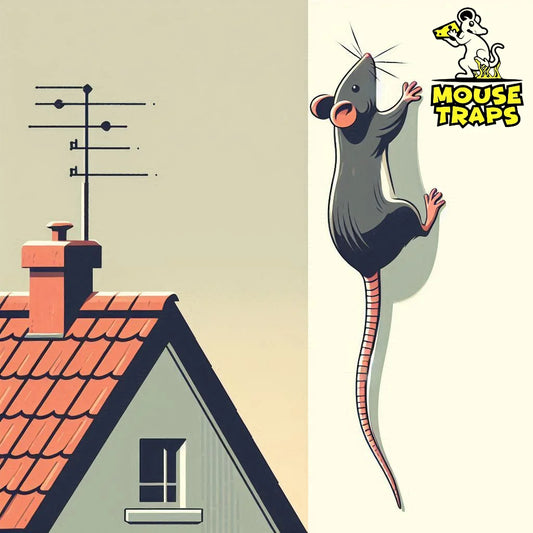Introduction:
In the delicate balance of nature, every species plays a vital role. However, when certain species, like rats, disrupt this equilibrium, the consequences can be far-reaching, especially for native wildlife populations in the UK. Today, we delve into the intricacies of this issue, exploring whether rats pose a significant threat to UK wildlife and how the strategic use of mouse traps can mitigate this impact.
Overview of the Problem:
Rats, despite their small size, can wreak havoc on ecosystems. Their rapid reproduction rates and voracious appetites often lead to competition with native species for resources. As omnivores, rats consume a wide variety of foods, including seeds, fruits, insects, and even small vertebrates. This dietary versatility allows them to adapt to various environments, including urban, suburban, and rural areas, making them a ubiquitous presence across the UK.

The Impact on Wildlife:
The presence of rats can directly and indirectly affect native wildlife populations. Direct predation on eggs, nestlings, and adult birds is a significant concern, particularly for ground-nesting species such as skylarks and lapwings. Additionally, rats can outcompete native species for food and habitat, leading to declines in biodiversity and ecosystem health.

Consider the plight of the European water vole, a once-common sight in UK waterways. Habitat loss and predation by non-native species, including rats, have contributed to a drastic decline in water vole populations. Without intervention, these charming rodents could face extinction in the UK.
Understanding the Role of Mouse Traps:
Amidst this ecological challenge, mouse traps emerge as a crucial tool for wildlife conservation. Contrary to common misconceptions, mouse traps aren't solely for indoor pest control. When strategically deployed in outdoor environments, such as nature reserves, farmlands, and green spaces, they can effectively target invasive rodent populations while minimizing harm to non-target species.

Types of Mouse Traps:
-
Snap Traps: These traditional devices deliver a swift and humane method of rodent control. By baiting snap traps with enticing food sources, such as peanut butter or seeds, wildlife managers can capture rats without endangering other animals.
-
Live Traps: Ideal for scenarios where relocation is feasible, live traps offer a non-lethal means of capturing rodents. Once trapped, rats can be safely transported to remote areas away from sensitive wildlife habitats.
-
Electronic Traps: Utilizing advanced technology, electronic traps deliver a quick and humane death to rodents. These devices are particularly useful in areas where discretion is required or when dealing with large rat populations.
Live Humane Mouse Traps:
Live humane mouse traps are designed to capture mice without harming them. These traps typically consist of a small, enclosed container with a trap door or mechanism that allows the mouse to enter but not escape. They are commonly crafted from materials, like plastic or metal. These traps can be used repeatedly enabling captures without the need, for replacement.

Benefits:
- Humane: Live traps provide a humane method of dealing with rodents by capturing them alive without causing harm.
- Eco-friendly: They are environmentally friendly as they do not involve the use of poisons or chemicals.
- Non-lethal: Since the mice are captured alive, there is no risk of accidental poisoning or harm to non-target species.
- Safe for Wildlife: Live traps are safe to use in areas where native wildlife may be present, as they do not pose a threat to other animals.
Sticky Glue Mouse Pads Traps:
Sticky glue mouse pads traps consist of a flat surface coated with a strong adhesive. They are typically placed along walls or in areas where mice are known to travel. The glue they use is really strong so once mice touch it they have a time getting away. These traps are meant to be thrown after catching mice.

Benefits:
- Effectiveness: Sticky glue traps are highly effective at capturing mice, as they provide a strong adhesive surface that prevents escape.
- Easy to Use: They are simple to set up and require no bait or additional steps for operation.
- Visibility: These traps visually show mouse movements helping to track and evaluate the level of infestation easily.
- Cost-Effective: Sticky glue traps are often more affordable than other pest control methods, making them a budget-friendly option for rodent control.
FAQs:
Conclusion:
In the web of wildlife, in the UK each element plays a role. Recognizing the danger presented by rats and implementing control methods can protect the variety and strength of local ecosystems. By using traps and working together we can support wildlife conservation efforts. Guarantee a better tomorrow for future generations. Let's join hands in protecting the natural heritage of the UK, one rodent at a time.




